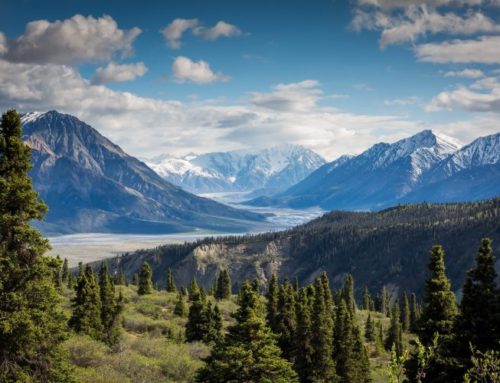This tiny square mile of Canadian sand was once considered the world’s smallest desert.
WHAT WOULD THE GIANTS’ SANDBOXES BE LIKE? Many kids think about this question for hours, but you might be surprised to learn that the answer is just north of the tiny Yukon town of Carcross, in what looks like the smallest desert in the world.
Even though the Carcross Desert is only one square mile and is north of the 60th parallel, it is neither the smallest nor the northernmost desert in the world. This is because it is not a desert at all. It’s a group of sand dunes that stay dry because of how the mountains in Yukon’s southern lakes area block the rain. But the Carcross gets too much rain for it to be considered an arid desert by scientists.
Between 11,000 and 24,000 years ago, a thick layer of ice covered the area that is now the Yukon. As that ice melted and the glaciers moved away, deep valleys were left in the land. Around the glaciers, huge lakes formed, then shrank, leaving beaches between the mountains. Sand from those beaches was carried away by the wind, making these strange dunes. Part of the Carcross Desert is made up of sand from the nearby Bennett Lake, so this process is still going on.
Even though the winds are strong and kill most plants, the dunes are home to some strange plants and animals. The Baikal Sedge and the Yukon Lupine are two of the rarest plants in the area. The Baikal Sedge is usually only found off the coast of Lake Baikal in Siberia. Five new kinds of moths have been found in the dunes, and there may be more that haven’t been named yet.
Carcross Desert has become a popular place for Yukoners who like to be outside. In the summer, many people from Whitehorse go south to ride sandboards on the dunes. In the winter, they go south to ski and snowboard.







Leave A Comment